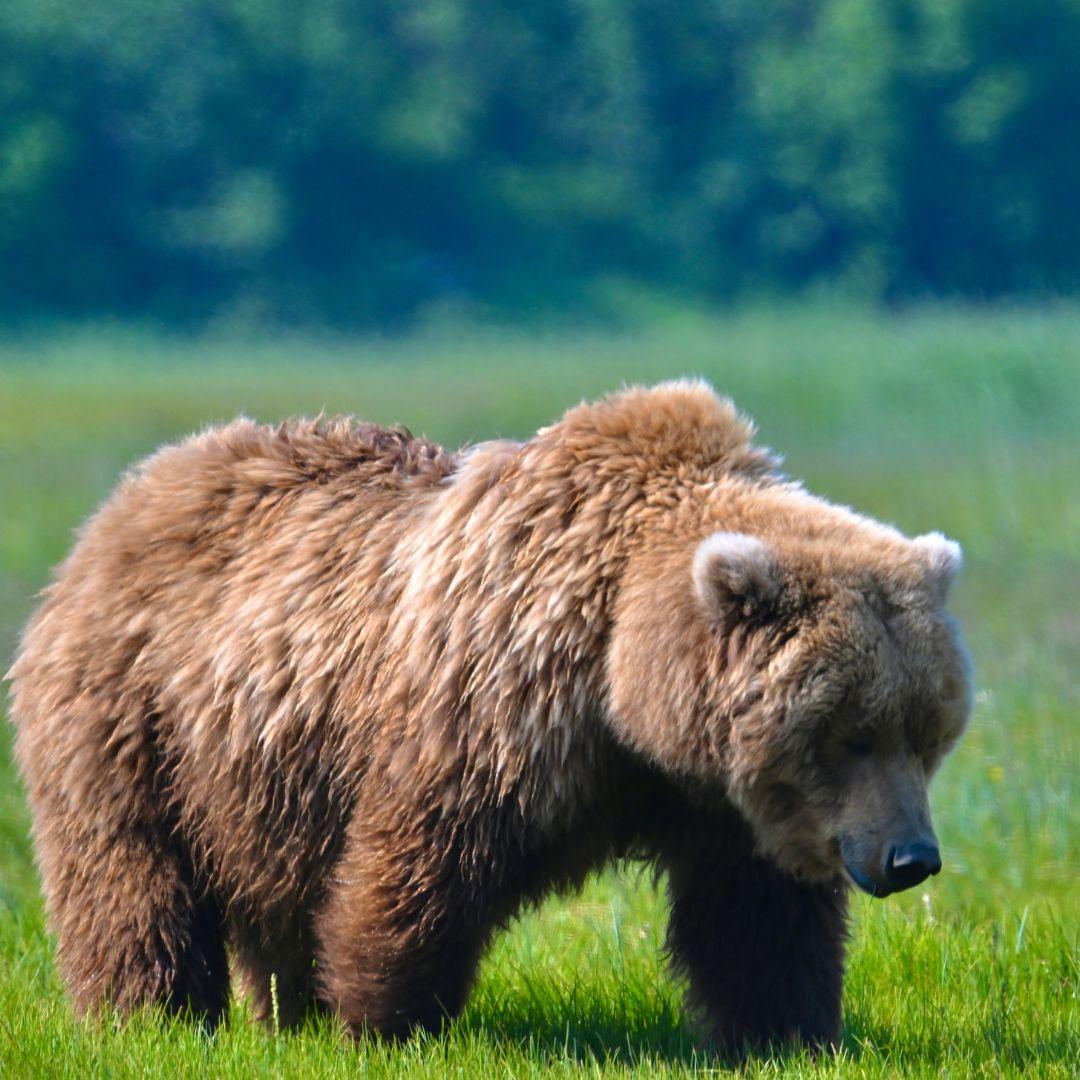
Understanding Bear Hibernation in National Parks: A Season of Rest and Conservation
Share
As we traverse the beauty of the U.S. national parks, we share space with some magnificent and awe-inspiring creatures, including the iconic grizzly bears. Understanding bear behavior, especially as they approach hibernation, is crucial for ensuring both human and bear safety. Let's delve into the world of bears, their hibernation habits, and essential safety tips to coexist respectfully and safely in their habitat.
Understanding Bear Hibernation: A Season of Rest and Conservation
Bears are known for their winter slumber, an instinctive survival tactic when food is scarce and the harsh cold sets in. This period, known as hibernation, helps them conserve energy and wait for the bountiful seasons to return.
1. Behaviors Leading up to Hibernation:
As autumn arrives, bears experience hyperphagia, an intense feeding frenzy. They consume massive amounts of food, gaining weight to sustain them through hibernation. During this time, they may exhibit more aggressive behavior to secure ample food resources.
2. When Do Bears Hibernate:
Bears typically start hibernating from late fall to early winter, influenced by food availability and climate conditions. In Yellowstone, grizzly bears usually enter their dens between late November and early December.
3. Duration of Hibernation:
Hibernation lasts several months, varying by species and location. Grizzly bears in Yellowstone may hibernate for about 5-7 months, depending on environmental conditions.
4. Hibernation Dens:
Grizzlies often create dens in secluded spots like rocky outcrops or dug into hillsides. In Yellowstone, dens are commonly found in higher elevations and remote areas.
Navigating Bear Country: Safety Measures for Hikers
As we hike through national parks, especially bear country, safety is paramount. Here are some crucial guidelines to ensure safe coexistence with bears, particularly grizzlies:
1. Make Noise:
Be vocal! Talk loudly, clap your hands, or even sing to alert bears of your presence. This helps avoid startling them, reducing potential surprise encounters.
2. Carry Bear Spray:
Bear spray is an effective tool. Ensure it's accessible and know how to use it. In Yellowstone, it's advisable to carry bear spray due to the grizzly bear population.
3. Stay in Groups:
Travel in groups whenever possible. Bears are less likely to approach larger gatherings, as they prefer to avoid confrontations.
4. Store Food Securely:
Food scents attract bears. Keep all food, toiletries, and trash in bear-resistant containers or hung from trees at a safe distance from your campsite.
5. Maintain Distance:
Always maintain a safe distance from bears, typically 300 feet or more. Never approach or attempt to feed wildlife.
6. Respect Park Regulations:
Adhere to park rules and guidelines regarding wildlife encounters. They're in place to protect both visitors and wildlife.
In conclusion, understanding the behavior and hibernation patterns of bears is fundamental to fostering a harmonious relationship with these incredible creatures. By practicing responsible hiking and safety measures, we can appreciate the beauty of bear country while preserving the natural habitat of these magnificent animals.
Remember, a respectful and cautious approach ensures a safe and unforgettable journey through the heart of America's cherished national parks!
Happy adventuring!
